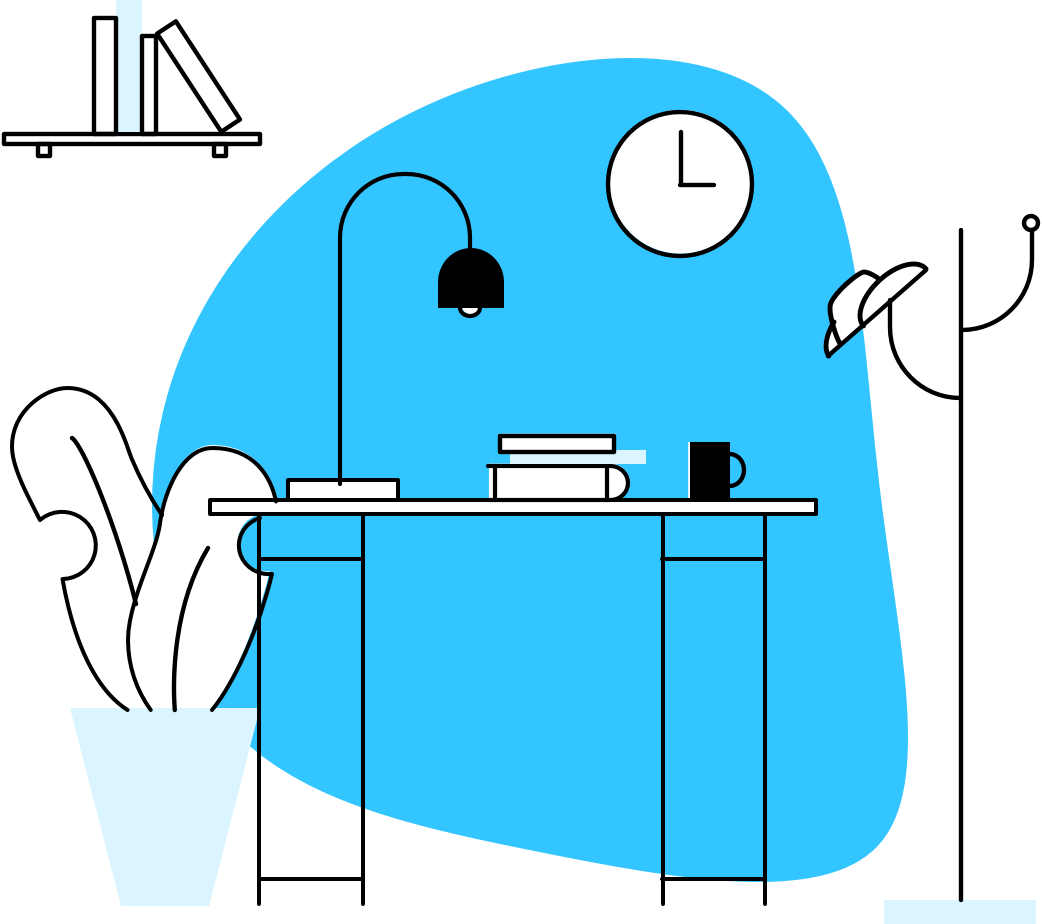
70 Sleep Statistics That will Keep You Awake
In this guide, we’ll cover all things sleep— touching on information about dreams, sleep disorders, various sleep studies, and tips to help you get better shut-eye.
Introduction
Sleep, like exercise and nutrition, is a pillar of health. To live a healthy, happy life, the CDC recommends adults get 7-9 hours of rest each night. However, many of us struggle to get a good night’s sleep and suffer from chronic fatigue.
There are many risks to getting insufficient sleep at night. When it comes to our economy alone, sleeping disorders affect the productivity of workers and have cost our country $63 billion. Besides that, a lack of sleep can lead to a number of health problems and hinder our well-being.
In this guide, we’ll cover all things sleep— touching on sleep statistics and information about dreams, sleep disorders, various sleep studies, and tips to help you get better shut-eye.
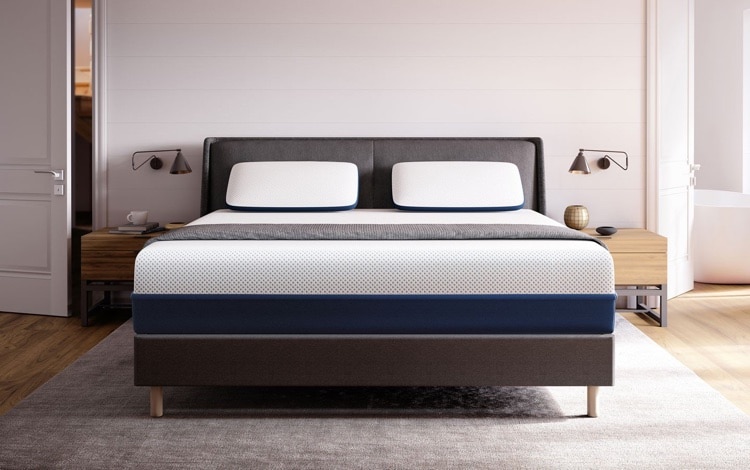
Amerisleep’s AS3 is our top pick
Learn why the AS3 is our all-time favorite mattress
Chapter 1
General Sleep Statistics
Your circadian rhythm is delicate— handle it with care! Several studies report the dangers of going without sleep, as well as how important it really is to get an adequate amount. While sleep habits may vary, our need for sleep does not.
Here are a few facts that will make you want to lie down for a quick nap:
Average amount of sleep most Americans get in 24 hours
Average sleep cycle length
Average time it takes for a person to fall asleep
- In a recent study, 75% of pilots reported severe fatigue while flying. Oxford Academic
- During REM sleep, chemicals in your brain paralyze you, so you don’t act out your dreams. Science Daily
- The average person falls asleep in 7 minutes. Psych Central
- Each sleep cycle takes an average of 90 minutes. WebMD
- Your body temperature drops 1-3 degrees for sleep. WebMD
- People tend to adopt the side-sleeping position as they get older, and as their BMI increases. U.S. National Library of Medicine
- 63 percent of Americans sleep on their side, 14 percent on their back, and 16 percent on their stomachs. WebMD
- The average amount of sleep most Americans get is 6.8 hours within a 24-hour period, and only one-third of Americans get the proper amount of sleep each night. CDC
- In 1910, people slept an average of 9 hours. Science Daily
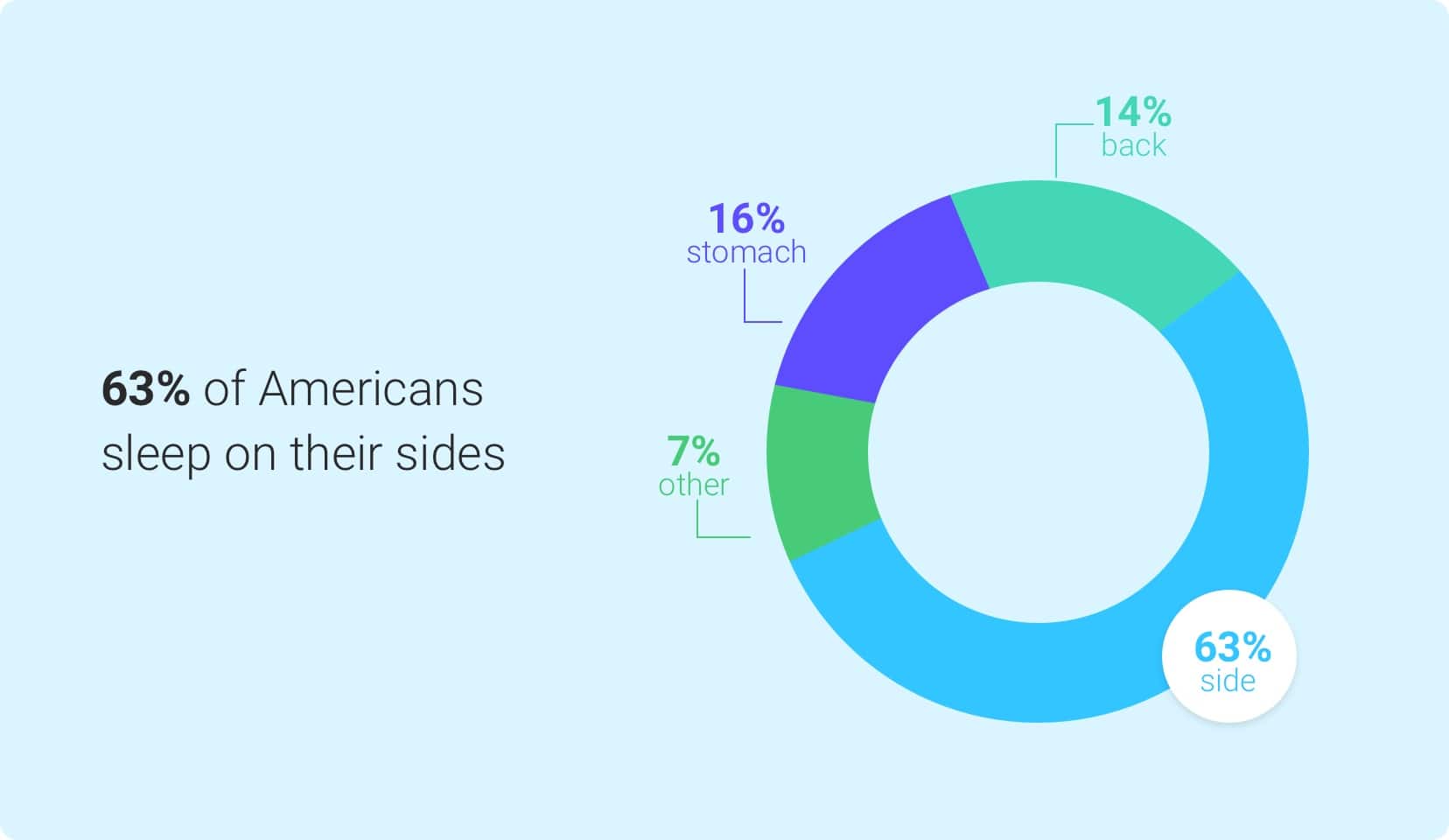
chapter 2
Parasomnias and Dreams
Dreams are a mysterious subject. Historians and psychologists have tried to understand and interpret them. They play an important part in our stories. Everybody dreams, but most of us don’t remember every dream. Hopefully, you’ll remember this list!
The earliest dreams were recorded on clay tablets
People that are prone to sleepwalking (mostly children)
Are reported talking in their sleep
- 48 percent of characters in our dreams are people we know by name. Wiley Online Library
- Processing memories into a dream takes an average of 7 days. Wiley Online Library
- The earliest dreams recorded were documented on clay tablets 5000 years ago in Mesopotamia. BBC
- Every single person dreams. If you think you don’t, you’ve simply forgotten them. Medical News Today
- You can have 3-6 different dreams in one night. Medical News Today
- Hallucinations occur in 75 percent of people living with sleep paralysis. U.S. National Library of Medicine
- Those suffering from depression dream up to 3-4 times more than average. Clinical Depression UK
- Today, 75 percent of us dream in color. Before color TV was invented, only 15 percent did. Cleveland Clinic
- Blind people can still see visuals in their dreams, but only if they weren’t born blind. BBC News
- You can’t create faces in your dreams; you only dream about people you’ve seen before, even if only very briefly. Stanford University
- If you are snoring, you’re probably not dreaming. How Stuff Works
- Recurring dreams occur in 60-75 percent of the population. Most common recurring dreams are being attacked or chased, being late, missing an exam, or losing control of a car. Psychology Today
- In a man’s dream, nearly 70 percent of people who appear are also men; meanwhile, a woman’s will contain roughly an equal number of both genders. Psychology Today
- 8.4 million people are prone to sleepwalking, and most of them are children. American Sleep Association
- 5 percent of adults report talking in their sleep. American Academy of Sleep Medicine
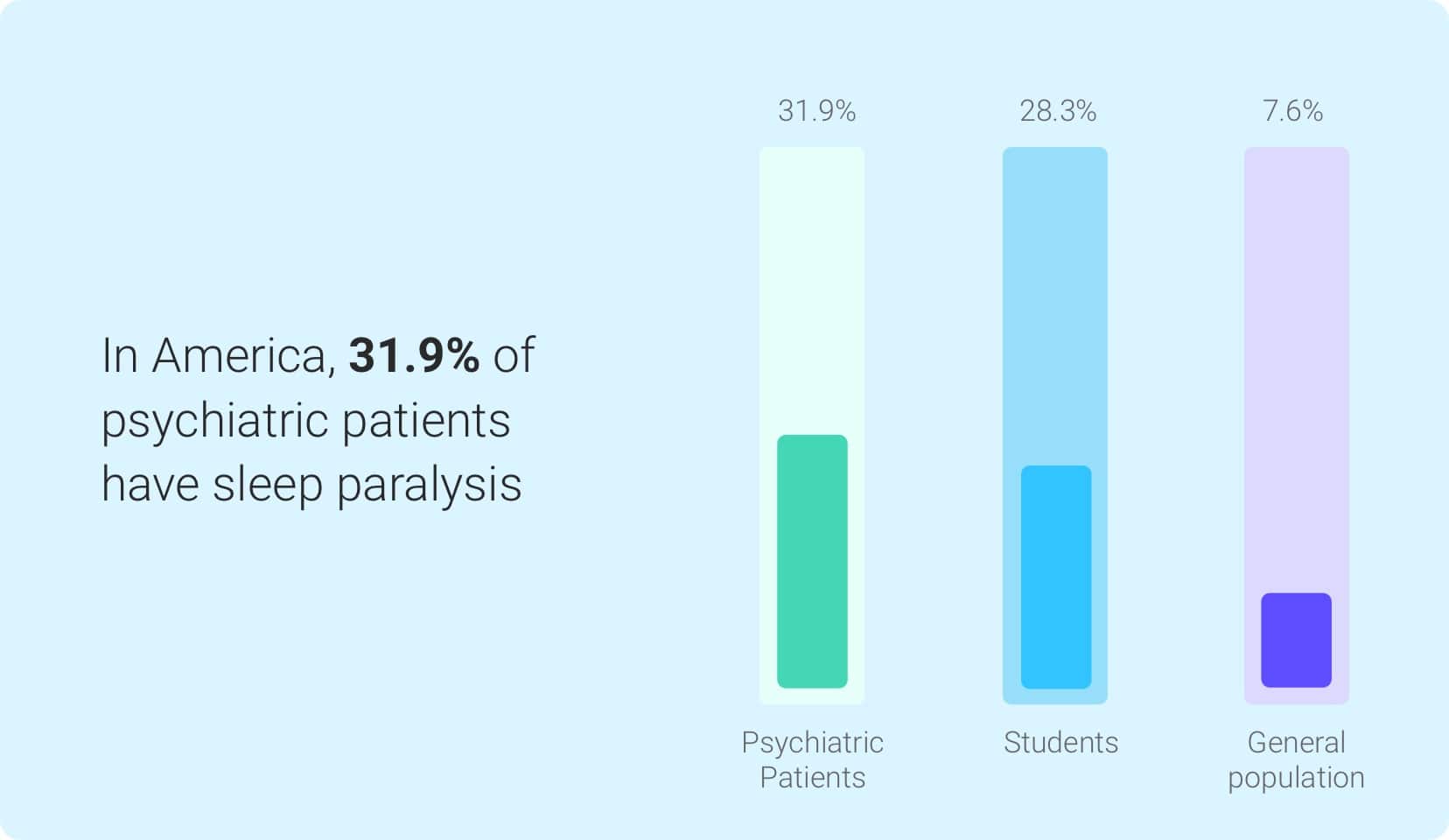
- This study found that 7.6 percent of the general population, 28.3 percent of students, and 31.9 percent of psychiatric patients have sleep paralysis. U.S. National Library of Medicine
- Parasomnias affect nearly 10% of Americans. U.S. National Library of Medicine
- Women have more nightmares than men. Science Daily
Chapter 3
Sleep Tips
While many of us feel consistently tired, there are things you can do to end your excessive daytime sleepiness. Instead of opting for melatonin supplements or sleeping pills, try getting better rest by modifying your diet, exercising regularly, and keeping track of your daily Zzzs.
consume caffeine on an average day
who get > 8 hours of sleep, report skipping exercise
of exercise correlates with 14 extra mins of sleep per night
- 30 minutes of exercise correlates with 14 extra mins of sleep per night. Business Wire
- Approximately 41 percent of adults who habitually get less than 8 hours of sleep report skipping exercise. American Psychological Association
- Magnesium is one of the best minerals to induce drowsiness. Tired? Grab a banana. U.S. National Library of Medicine
- Sleeplessness can make you hungry because you produce more ghrelin, a hunger hormone. WebMD
- Some herbal teas are proven to be just as useful as over-the-counter sleep aids. U.S. National Library of Medicine
- On an average day, 85 percent of Americans consume caffeine. Science Daily
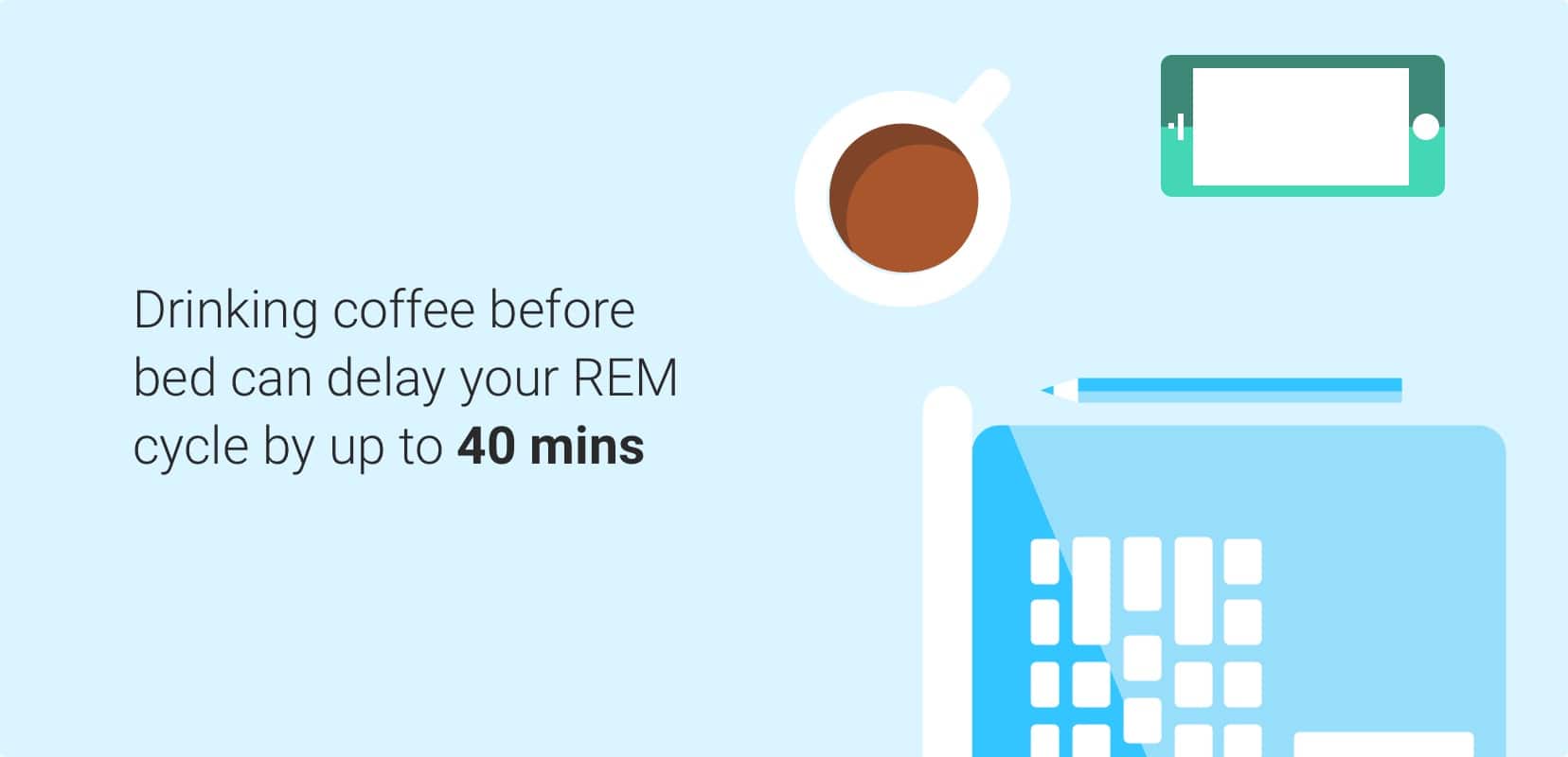
- Drinking coffee before bed can delay your REM cycle by up to 40 mins. American Association for the Advancement of Science
- 15 percent of adults between the ages of 18-29 years regularly track their sleeping patterns using a sleep tracker. Statista
Chapter 4
Sleeping Disorders
Information from the National Highways Traffic Safety Administration shows drowsy driving has cost the American public more than just the safety of their roads. As our lives get busier and busier and sleep gets shoved to the wayside, the number of those afflicted by sleep disorders continues to rise.
- There are over 70 sleep disorders, and 20 percent of Americans have at least one form of sleep disorder. Sleep Health
- Rare disorders, such as Morvan’s syndrome, can cause a person to go without sleep for several months. U.S. National Library of Medicine
- 40 to 80 percent of people with autism struggle sleep disturbances, including waking early in the morning, frequent nighttime waking, falling asleep, daytime drowsiness, and irregular sleep patterns. U.S. National Library of Medicine
suffer from obstructive sleep apnea (including infants)
people worldwide are affected by narcolepsy
are affected by Restless Legs Syndrome
Insomnia
- 65 percent to 90 percent of adult patients with major depression experience some kind of sleep problem— usually, insomnia. Harvard Health Publishing
- 80 percent of pregnant women experience chronic insomnia due to an uncomfortable change in sleeping habits and swelling irritations, etc. U.S. National Library of Medicine
Sleep Apnea
- 90 million Americans snore and 37 million do it regularly. SleepApnea.org
- 80 percent of mild and severe Obstructive Sleep Apnea cases are undiagnosed. U.S. National Library of Medicine
- 1 in 4 children, including infants, suffer from obstructive sleep apnea. SleepApnea.org
- Sleep Apnea increases the risk of heart disease by 3 times more than those without the disorder. U.S. National Library of Medicine
Jet Lag
- For every 1 to 2 time-zones an individual travels, that individual will need 1 day with natural light exposure to recuperate. Mayo Clinic
- Jet lag is more intense when traveling east because you’re “losing” time. Mayo Clinic
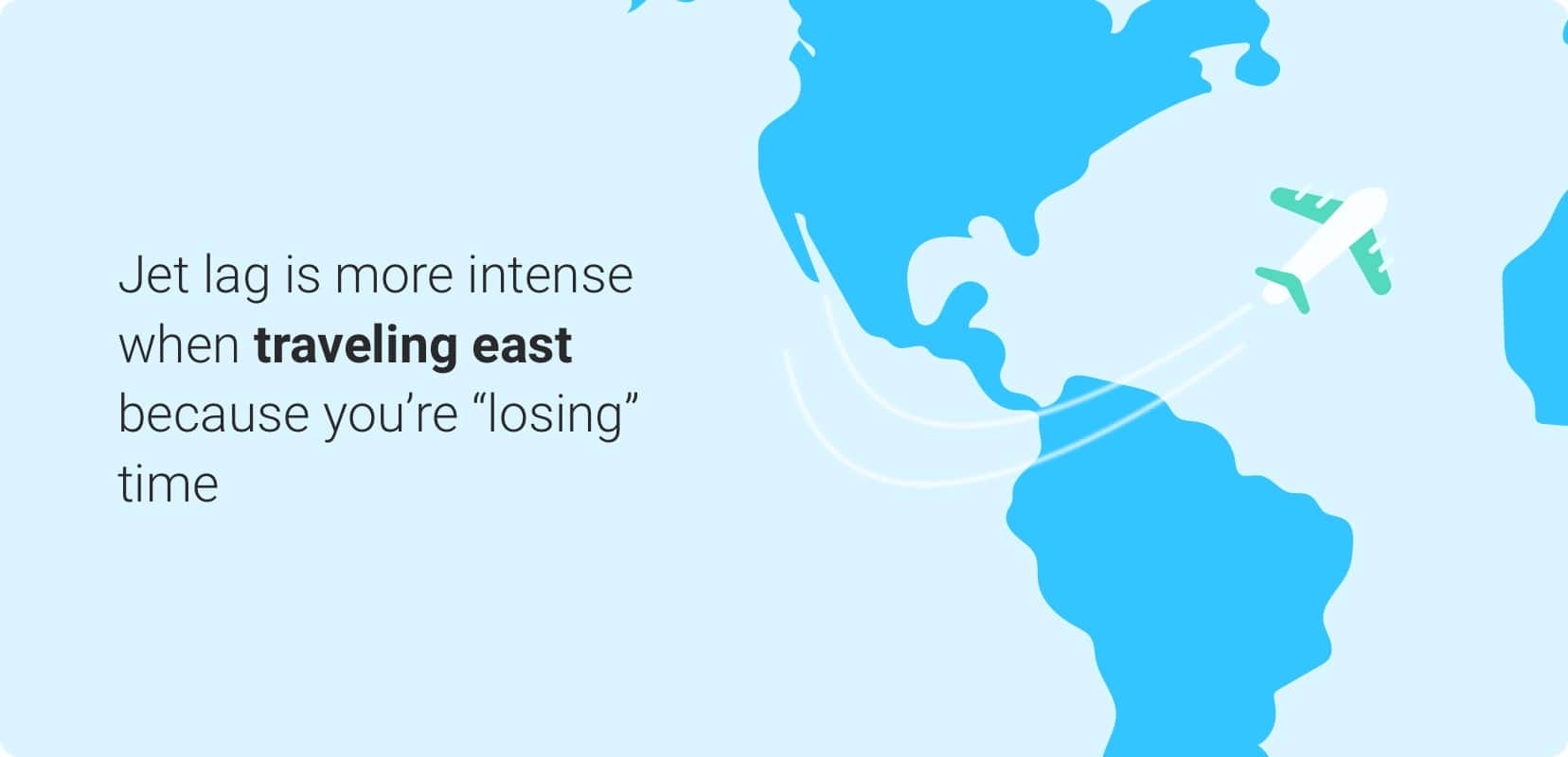
Restless Legs Syndrome
- An estimated 10 percent of US adults are affected by Restless Legs Syndrome— although, it’s more prevalent in women than men. National Institute of Neurological Disorders and Stroke
- 2-3 percent of adults have moderate to severe RLS, which translates to over 5 million sufferers. St. John’s Vein Center
- 80 percent of people with RLS also experience periodic limb movement— a disorder where you uncontrollably jerk your legs, and sometimes arms, during sleep every 15 to 40 seconds. National Institute of Neurological Disorders and Stroke
Narcolepsy
- Roughly around 200,000 Americans and 3 million people worldwide are affected by narcolepsy. Narcolepsy Network
- Close to 60 percent of those affected by narcolepsy have been misdiagnosed with one of three conditions: depression, insomnia, or obstructive sleep apnea. U.S. National Library of Medicine
- Narcolepsy has cost 30 to 37 percent of employees their jobs, and 9 percent of narcoleptics are currently unemployed. U.S. National Library of Medicine
Chapter 5
Stress and Sleep
Apart from sleep deprivation, stress takes a major toll on our physical and mental health. Stress can be a result of not getting enough sleep, or stem from the worries of sleep troubles.
report feeling fatigued becaused of stress
are due to fatigue
are caused by drowsy driving in the US
- 37 percent of adults report fatigue or feeling tired because of stress, while 21 percent report feeling more stress when they get poor sleep. American Psychological Association
- Medical professionals who work more than 80-hour work weeks increase their risk of making critical medical oversights by 50 percent. CDC
- Fatigue accounts for 57 percent of all truck driver crashes— according to the National Transportation Safety Board (NTSB). CDC
- Drowsy driving is responsible for 1,550 fatalities and 40,000 non-fatal injuries annually in the United States. Fatality Analysis Reporting System
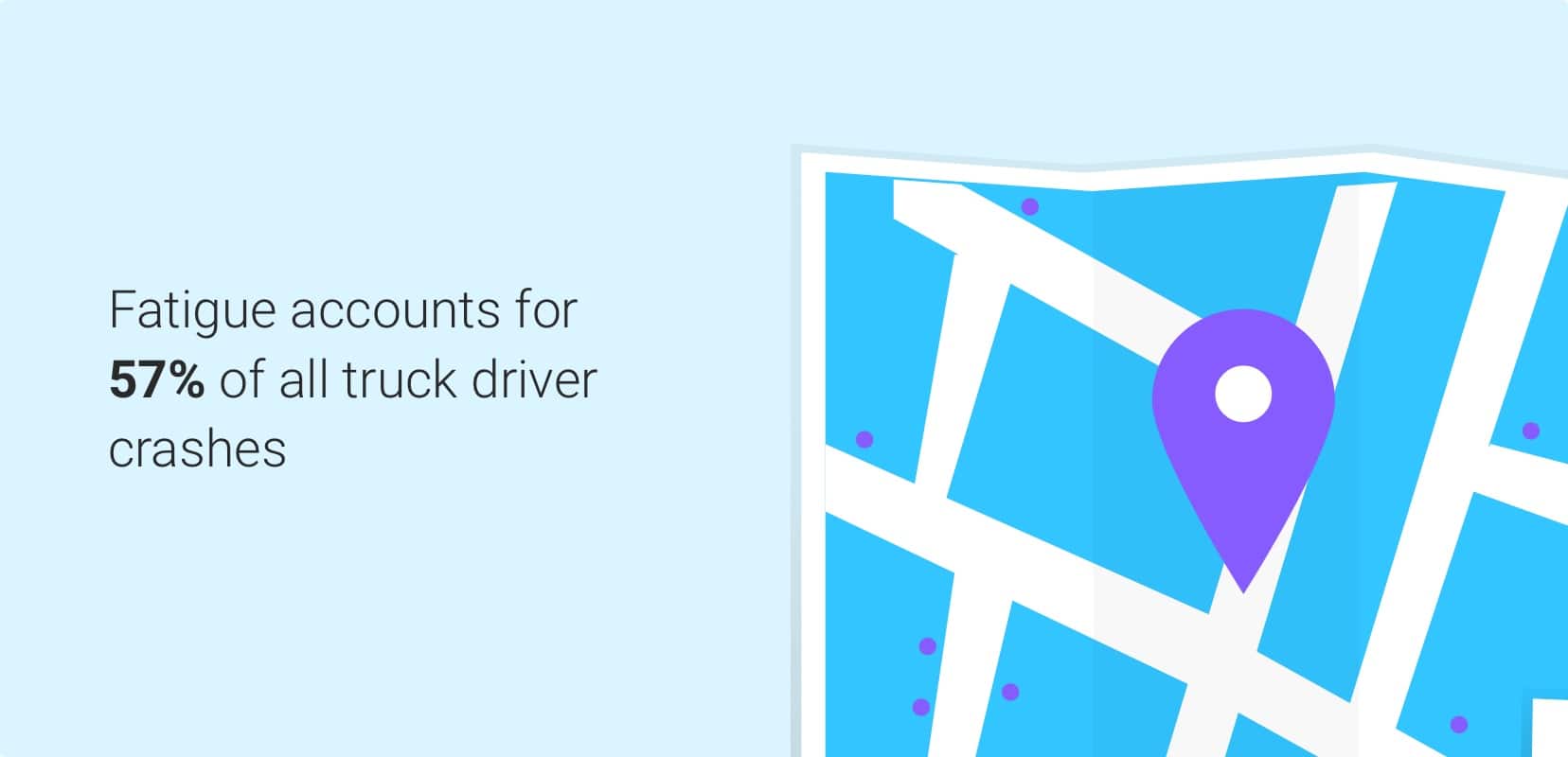
Chapter 6
Sleep Deprivation
The amount of sleep lost by millions of Americans every year is devastating. While many choose to sacrifice sleep to attend or participate in other activities, some must for work-related reasons. The consequences of sleep loss affect the mind and body.
The cost of sleep problems on national health care
Report chronic pain disrupting their sleep nightly
Sleep with or next to their phone
- Sleep problems add an estimated $15.9 billion to national health care costs. Office of Disease Prevention and Health Promotion
- Only 20 percent of adults say the quality of their sleep is very good or excellent. APA
- 49 percent of Gen Xers & 43 percent of Millennials say their sleep quality is fair or poor. APA
- 67 percent of Americans 65 and older get 7 or more hours of sleep per night. Gallup
- 87 percent of high school students don’t get enough sleep (8-10 hours of sleep are recommended for teenagers). Stanford Medicine
- The record for the longest time without sleep is 11 days. BBC
- Car wrecks increase the Monday after Daylight Savings Time. U.S. National Library of Medicine
- 71 percent of adults sleep with or next to their phone. CNET
- 20 percent of Americans report chronic pain disrupting their sleep on a nightly basis. U.S. National Library of Medicine
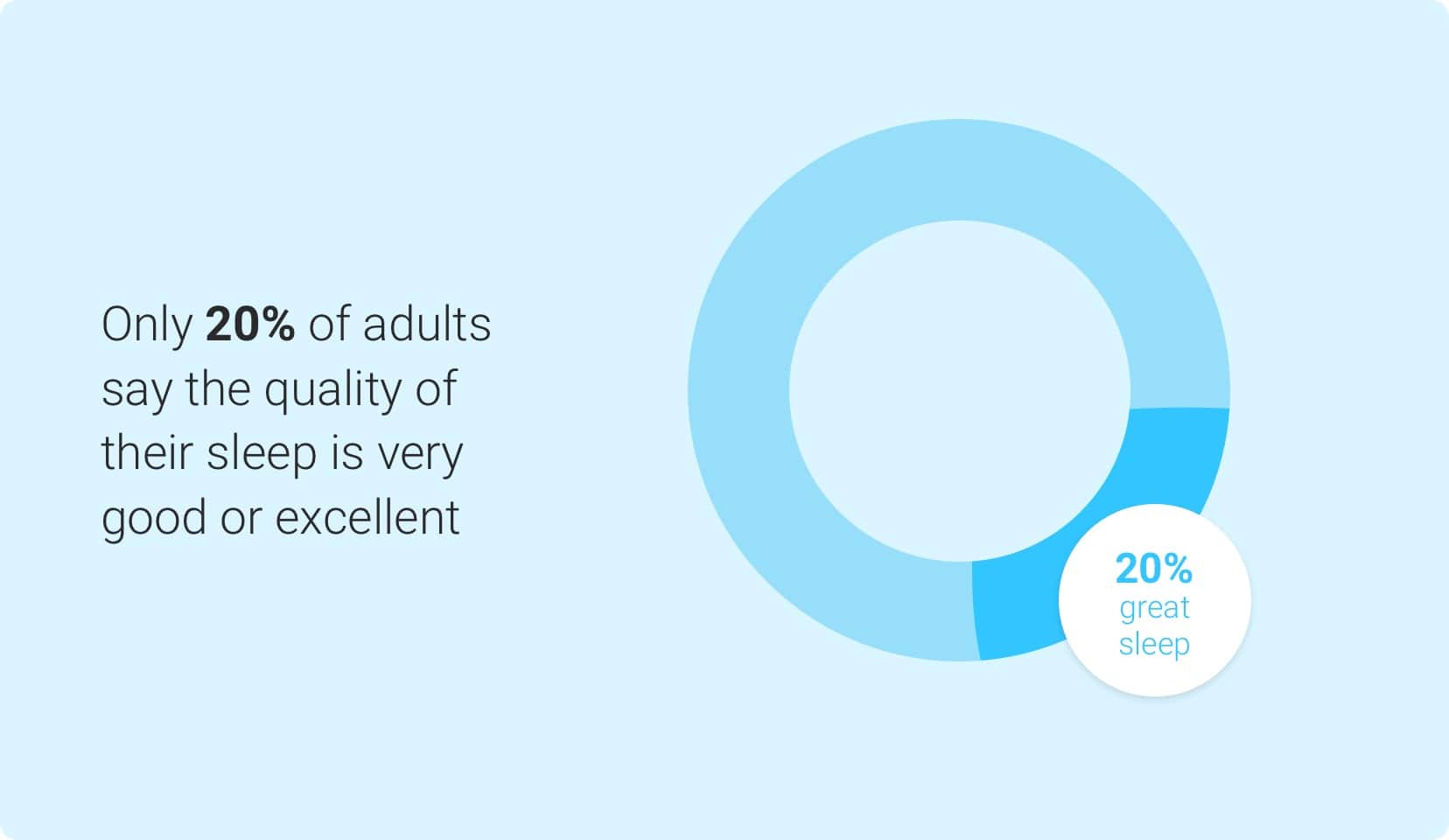
- Daytime sleepiness affects 18 percent of the global population. U.S. National Library of Medicine
- Infants sleep, on average, 16 hours every day— and that’s not including naps! Medical News Today
- A lack of sleep does more than make you tired, it can actually make it harder to lose weight. U.S. National Library of Medicine
- Long-term sleep deprivation is no joke. Beyond chronic illnesses such as heart disease and diabetes, a lack of sleep puts you at risk of strokes, hallucinations, and more. U.S. National Library of Medicine
- If you fall asleep in less than five minutes, it’s a good sign you may be sleep deprived. FDA
Sleep Needs by Age Group
While there are general recommendations for how much sleep a person needs, it’s best to look at the sleep needs by age group. Medical News Today
- Adult: 7-9 hours
- Teenager: 8-10 hours
- Children (6-12 years): 9-12 hours, including naps
- Children (3-5 years): 10-13 hours, including naps
- Children (1-2 years): 11-14 hours, including naps
- Infants (4-12 months): 12-16 hours, including naps
Short-Term Side Effects
Experiencing sleep deprivation, even only for a day or two, can lead to significant consequences. Below we list the short-term side effects of lack of sleep. U.S. National Library of Medicine
- Poor memory
- Weight gain
- Impairs judgment
- Ages skin
- Weakened immune system
- Discomfort, aches, and pains
- Changes in blood pressure, heart rate, and pulse
- Drowsy driving, accidents, microsleeps
Effects of Chronic Sleep Deprivation
The effects mentioned above can, unfortunately, make it even more difficult to fall asleep. This is why it’s so important to work towards a better night’s sleep sooner rather than later. If you let the sleep deprivation go on treated, it can lead to more long-term effects.
- Depression and mental illness
- Stroke, heart disease, and asthma attack
- Sleep disorders, like insomnia, sleep apnea, and narcolepsy
- Diabetes
- Hallucinations
- Severe mood swings